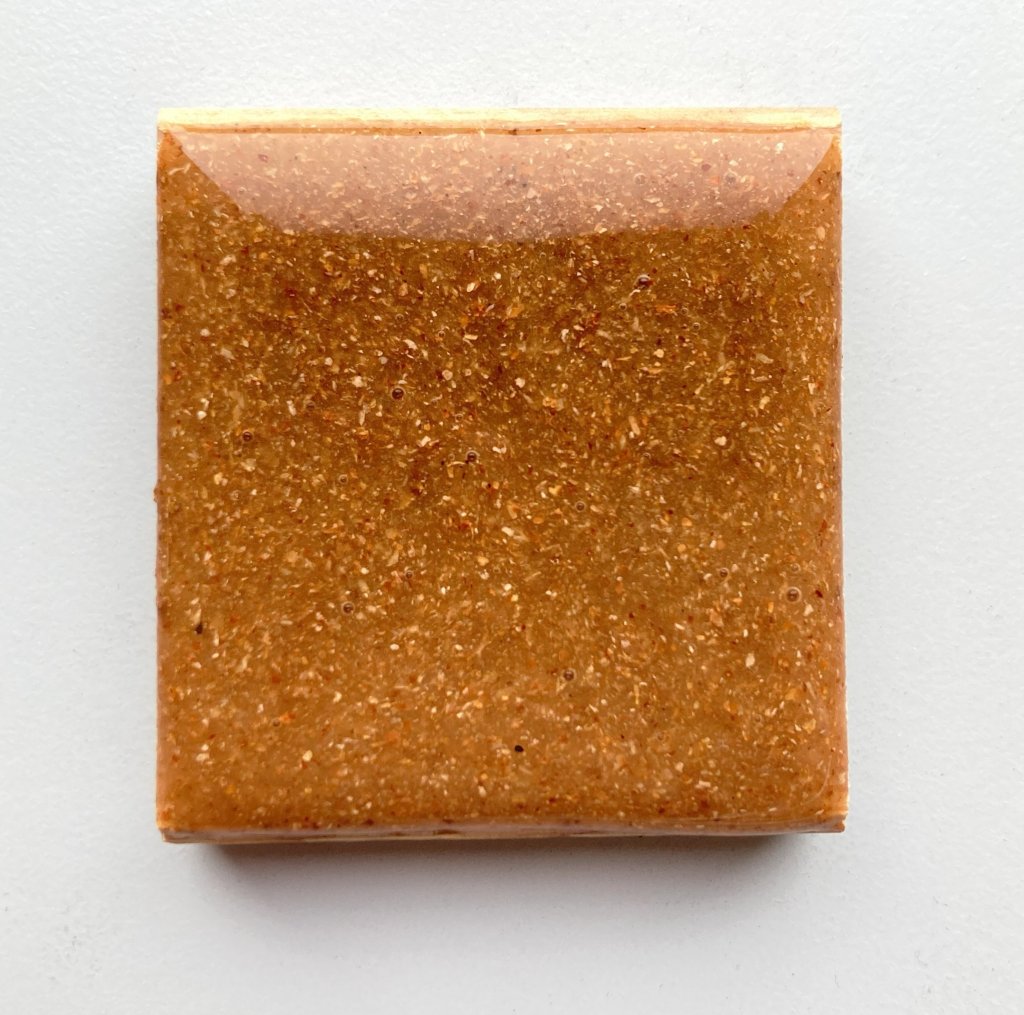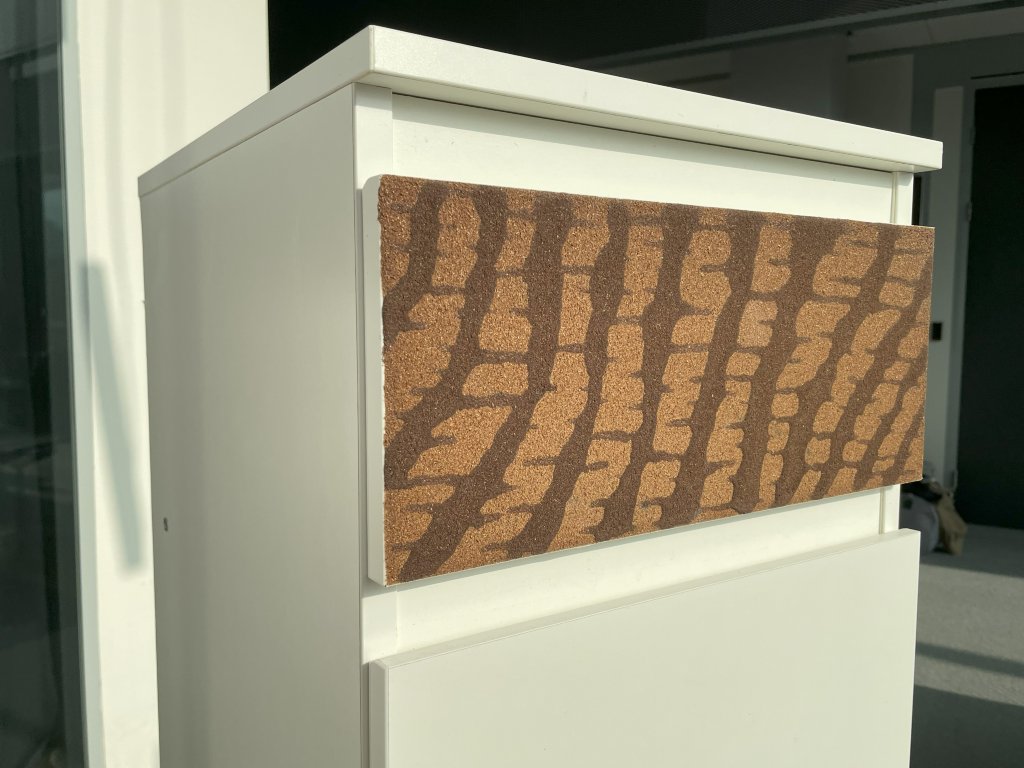Today’s furniture is designed to be accessible, trendy, and cheap: but what happens when it breaks? Most furniture is made of hard-to-recycle, toxic materials. Hard-to-recycle means that waste furniture will not be taken apart and often ends up in landfills or incinerators, resulting in further damage to our environment. In addition to the environmental burden this brings, it disconnects us from the potential value of discarded objects. By rethinking how we deal with discarded furniture, waste could be turned into a valuable resource, pollution prevented, and the life of objects extended.
Do you contribute to the quality of life in your neighbourhood?
NeighbURWOOD tackles this problem by doing just this: turning waste into resources. By using the Material Driven Design method, we created a bio-based veneer-paste from local tree-bark waste, iterating on the paste’s ingredients. We used filler, plasticizers, binders and liquids. This paste is then applied to pieces of furniture, giving them a new, authentic aesthetic, and old furniture a new life.
Beyond the material itself, the team designed a circular upcycle workflow that ties into the municipal plans of Utrecht for waste reduction and upcycling. This integration aims to show that the concept has the potential to be implemented at neighbourhood level and scaled to other neighbourhoods. We also demonstrate the potential of upcycling to different municipalities in the Netherlands.
Together, the material and workflow create a system in which waste is collected, repaired, and upcycled locally and reintroduced into the local community.
NeighbURWOOD shows that sustainable solutions can be local and creative. By creating a place-based upcycle workflow, a community can come together and create a playground for material development and upcycling, stimulating local circular economies while reducing municipal waste. Limitations of this project are the current scale of production and active involvement of stakeholders. However, the project presents an actionable path forwards and will help shift society away from a throwaway to a more circular culture.



